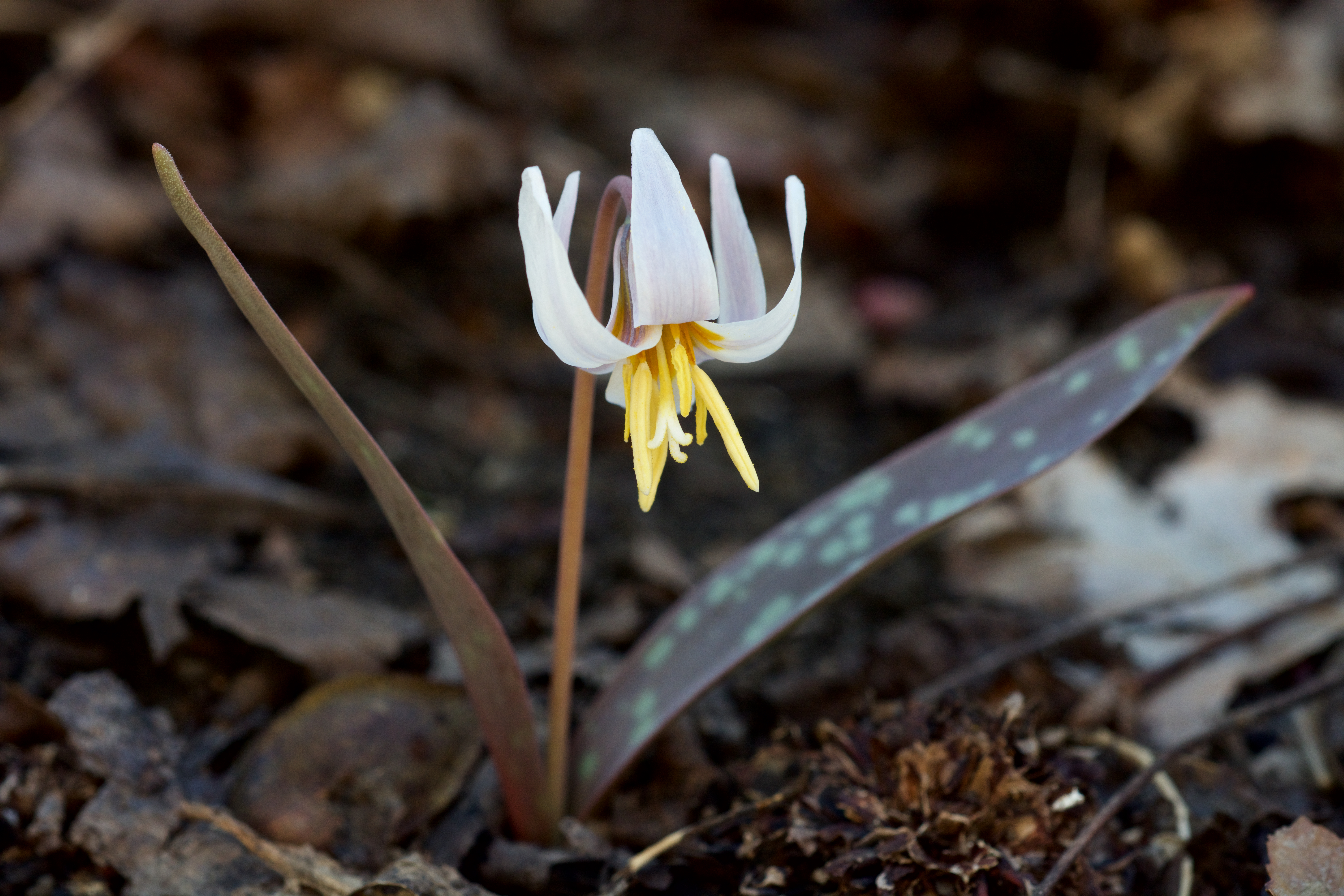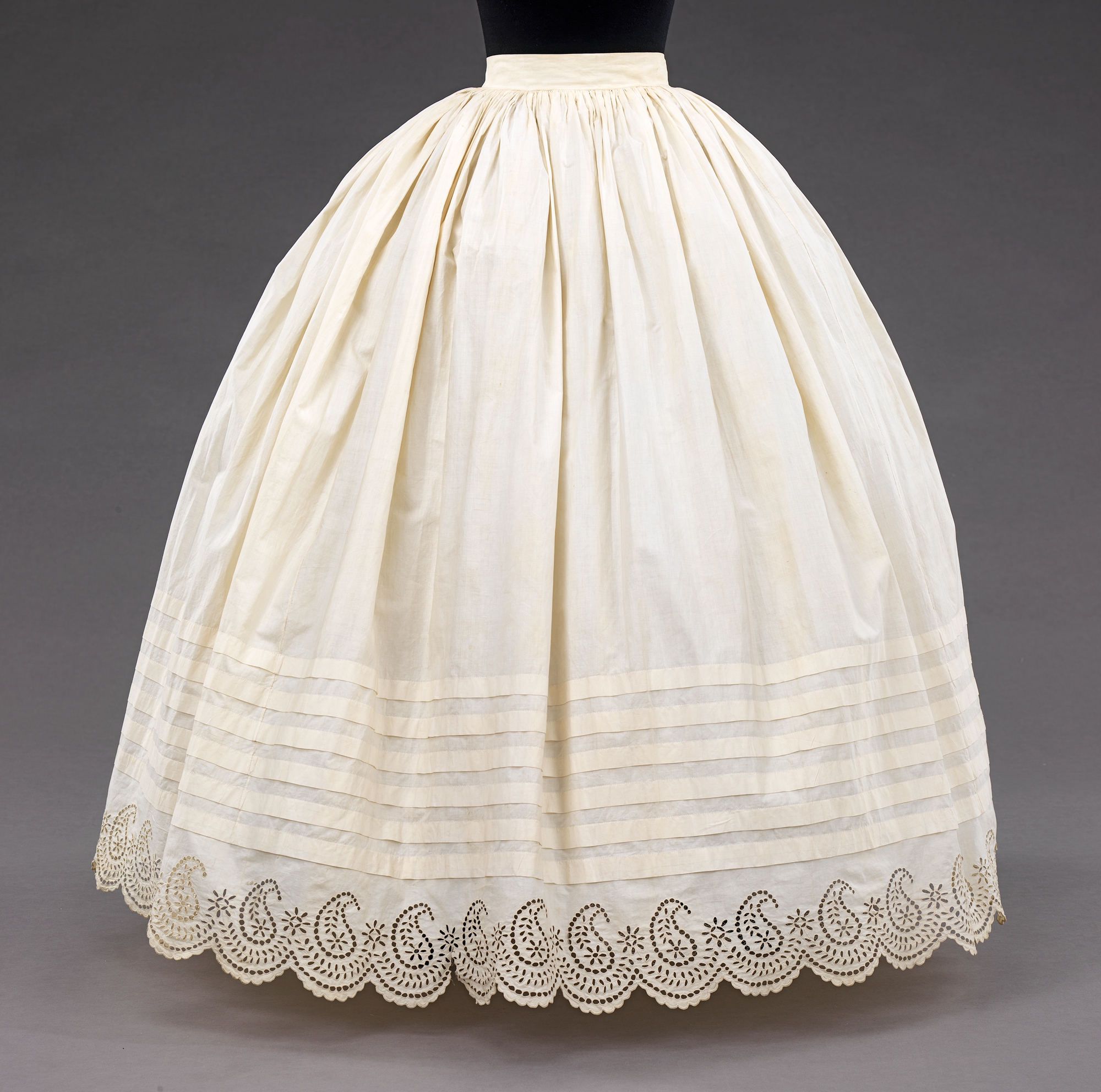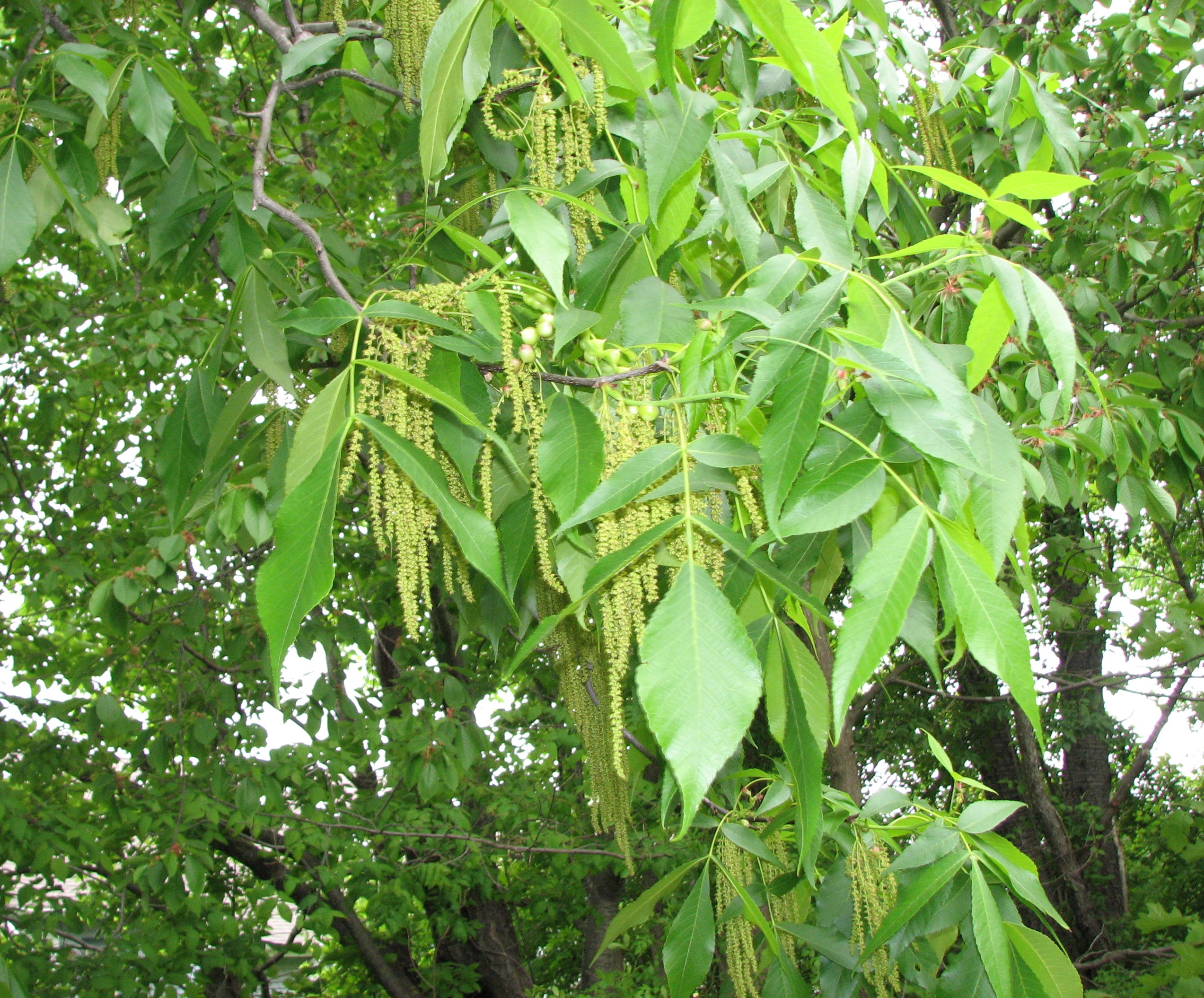|
Petticoat Hill
Petticoat Hill is the name of a 1,180 foot (361 m) hill and a open space reservation located in Williamsburg, Massachusetts in the eastern Berkshire Mountains. The reservation, occupying the east side of the hill, is managed by The Trustees of Reservations (TTOR), a non-profit conservation organization. The hill and reservation are characterized by steep slopes largely wooded with northern hardwood forest species, particularly eastern hemlock.Trustees of Reservations: Petticoat Hill Retrieved July 7, 2021 Geography and ecology Petticoat Hill rises nearly above downtown Williamsburg; its subordinate summits include Scott Hill, 1,027 ft (313 m), on which are located the reservation and trails; and Unquomonk Hill, (1,083 ft (330 m). The east and south sides of Petticoat Hill drai ...[...More Info...] [...Related Items...] OR: [Wikipedia] [Google] [Baidu] |
Williamsburg, Massachusetts
Williamsburg is a town in Hampshire County, Massachusetts, United States. The population was 2,504 at the 2020 census. It is part of the Springfield, Massachusetts Metropolitan Statistical Area. History The area was first settled in 1735 and was officially incorporated in 1771. In addition to the main village of Williamsburg near the center of town, the town includes the villages of Haydenville and Searsville. Haydenville is now recognized by the Haydenville Historic District. The Mill River flows southeast from Williamsburg village, where the East and West branches join, through Haydenville and into Northampton, on its way to the Connecticut River. Searsville (+42° 24' 00.00", −72° 43' 58.00) is referenced three times in the 1904 book ''Hampshire County History'' on the highway between Williamsburg and Goshen approximately one mile above the center of the village, is the settlement of Searsville. In 1795, Rufus Hyde moved his blacksmith shop down from Meetinghouse Hill ... [...More Info...] [...Related Items...] OR: [Wikipedia] [Google] [Baidu] |
Trout Lily
''Erythronium'', the fawn lily, trout lily, dog's-tooth violet or adder's tongue, is a genus of Eurasian and North American plants in the lily family, most closely related to tulips. The name Erythronium derives from Ancient Greek () "red" in Greek, referring to the red flowers of ''E. dens-canis''. Of all the established species, most live in North America; only six species are found in Europe and Asia. Species ''Erythronium'' includes about 20–30 species of hardy spring-flowering perennial plants with long, tooth-like bulbs. Slender stems carry pendent flowers with recurved tepals in shades of cream, yellow, pink and mauve. Species are native to forests and meadows in temperate regions of the Northern Hemisphere. Formerly included Two species names were coined using the name ''Erythronium'' but have since been reclassified to other taxa. * ''Erythronium carolinianum'', now called ''Uvularia perfoliata'' * ''Erythronium hyacinthoides'', now called '' Drimia indic ... [...More Info...] [...Related Items...] OR: [Wikipedia] [Google] [Baidu] |
Petticoat
A petticoat or underskirt is an article of clothing, a type of undergarment worn under a skirt or a dress. Its precise meaning varies over centuries and between countries. According to the ''Oxford English Dictionary'', in current British English, a petticoat is "a light loose undergarment ... hanging from the shoulders or waist". In modern American usage, "petticoat" refers only to a garment hanging from the waist. They are most often made of cotton, silk or tulle. Without petticoats, skirts of the 1850s would not have the volume they were known for. In historical contexts (16th to mid-19th centuries), ''petticoat'' refers to any separate skirt worn with a gown, bedgown, bodice or jacket; these petticoats are not, strictly speaking, underwear, as they were made to be seen. In both historical and modern contexts, ''petticoat'' refers to skirt-like undergarments worn for warmth or to give the skirt or dress the desired attractive shape. Terminology Sometimes a petticoat may be ... [...More Info...] [...Related Items...] OR: [Wikipedia] [Google] [Baidu] |
Eastern White Pine
''Pinus strobus'', commonly called the eastern white pine, northern white pine, white pine, Weymouth pine (British), and soft pine is a large pine native to eastern North America. It occurs from Newfoundland, Canada west through the Great Lakes region to southeastern Manitoba and Minnesota, United States, and south along the Appalachian Mountains and upper Piedmont to northernmost Georgia and perhaps very rarely in some of the higher elevations in northeastern Alabama. It is considered rare in Indiana. The Native American Haudenosaunee named it the "Tree of Peace". It is known as the "Weymouth pine" in the United Kingdom, after Captain George Weymouth of the British Royal Navy, who brought its seeds to England from Maine in 1605. Distribution ''P. strobus'' is found in the nearctic temperate broadleaf and mixed forests biome of eastern North America. It prefers well-drained or sandy soils and humid climates, but can also grow in boggy areas and rocky highlands. In mixed f ... [...More Info...] [...Related Items...] OR: [Wikipedia] [Google] [Baidu] |
Fraxinus Americana
''Fraxinus americana'', the white ash or American ash, is a species of '' ash tree'' native to eastern and central North America. The species is native to mesophytic hardwood forests from Nova Scotia west to Minnesota, south to northern Florida, and southwest to eastern Texas. Isolated populations have also been found in western Texas Texas (, ; Spanish language, Spanish: ''Texas'', ''Tejas'') is a state in the South Central United States, South Central region of the United States. At 268,596 square miles (695,662 km2), and with more than 29.1 million residents in 2 ..., Wyoming, and Colorado, and the species is reportedly naturalized in Hawaii. There are an estimated 8 billion ash trees in the United States – the majority being the white ash trees and the Fraxinus pennsylvanica, green ash trees. Characteristics The name white ash derives from the glaucous undersides of the leaves. It is similar in appearance to the green ash, making identification difficult. ... [...More Info...] [...Related Items...] OR: [Wikipedia] [Google] [Baidu] |
Sugar Maple
''Acer saccharum'', the sugar maple, is a species of flowering plant in the soapberry and lychee family Sapindaceae. It is native to the hardwood forests of eastern Canada and eastern United States. Sugar maple is best known for being the primary source of maple syrup and for its brightly colored fall foliage. It may also be known as "rock maple", "sugar tree", "birds-eye maple", "sweet maple", "curly maple", or "hard maple", particularly when referring to the wood. Description ''Acer saccharum'' is a deciduous tree normally reaching heights of , and exceptionally up to . A 10-year-old tree is typically about tall. As with most trees, forest-grown sugar maples form a much taller trunk and narrower canopy than open-growth ones. The leaf, leaves are deciduous, up to long and wide, palmate, with five lobes and borne in opposite pairs. The basal lobes are relatively small, while the upper lobes are larger and deeply notched. In contrast with the angular notching of the silver ... [...More Info...] [...Related Items...] OR: [Wikipedia] [Google] [Baidu] |
Red Maple
''Acer rubrum'', the red maple, also known as swamp maple, water maple, or soft maple, is one of the most common and widespread deciduous trees of eastern and central North America. The U.S. Forest Service recognizes it as the most abundant native tree in eastern North America. The red maple ranges from southeastern Manitoba around the Lake of the Woods on the border with Ontario and Minnesota, east to Newfoundland, south to Florida, and southwest to East Texas. Many of its features, especially its leaves, are quite variable in form. At maturity, it often attains a height around . Its flowers, petioles, twigs, and seeds are all red to varying degrees. Among these features, however, it is best known for its brilliant deep scarlet foliage in autumn. Over most of its range, red maple is adaptable to a very wide range of site conditions, perhaps more so than any other tree in eastern North America. It can be found growing in swamps, on poor, dry soils, and almost anywhere in between. ... [...More Info...] [...Related Items...] OR: [Wikipedia] [Google] [Baidu] |
Shagbark Hickory
''Carya ovata'', the shagbark hickory, is a common hickory in the Eastern United States and southeast Canada. It is a large, deciduous tree, growing well over tall, and can live more than 350 years. The tallest measured shagbark, located in Savage Gulf, Tennessee, is over tall . Mature shagbarks are easy to recognize because, as their name implies, they have shaggy bark. This characteristic is, however, only found on mature trees; young specimens have smooth bark. The shagbark hickory's nut is edible and has a very sweet taste. The leaves are long, pinnate, with five (rarely three or seven) leaflets, the terminal three leaflets much larger than the basal pair. The shagbark hickory is monoecious. Staminate flowers are borne on long-stalked catkins at the tip of old wood or in the axils of the previous season's leaves. Pistillate flowers occur in short terminal spikes. The fruit is a drupe long, an edible nut with a hard, bony shell, contained in a thick, green four-sect ... [...More Info...] [...Related Items...] OR: [Wikipedia] [Google] [Baidu] |
Pignut Hickory
''Carya glabra'', the pignut hickory, is a common, but not abundant species of hickory in the oak-hickory forest association in the Eastern United States and Canada. Other common names are pignut, sweet pignut, coast pignut hickory, smoothbark hickory, swamp hickory, and broom hickory. The pear-shaped nut ripens in September and October, has a sweet maple like smell, and is an important part of the diet of many wild animals. The wood is used for a variety of products, including fuel for home heating. Its leaves turn yellow in the Fall. Habitat Native range The range of pignut hickory covers nearly all of the eastern United States (11). The species grows in central Florida and northward through North Carolina to southern Massachusetts. It also grows north of the Gulf Coast through Alabama, Mississippi north to Missouri and extreme southeastern Iowa, and the Lower Peninsula of Michigan . The best development of this species is in the lower Ohio River Basin. It prevails over oth ... [...More Info...] [...Related Items...] OR: [Wikipedia] [Google] [Baidu] |
Northern Red Oak
''Quercus rubra'', the northern red oak, is an oak tree in the red oak group (''Quercus'' section ''Lobatae''). It is a native of North America, in the eastern and central United States and southeast and south-central Canada. It has been introduced to small areas in Western Europe, where it can frequently be seen cultivated in gardens and parks. It prefers good soil that is slightly acidic. Often simply called red oak, northern red oak is so named to distinguish it from southern red oak (''Q. falcata''), also known as the Spanish oak. Northern Red Oak is sometimes called champion oak. Description In many forests, this deciduous tree grows straight and tall, to , exceptionally to tall, with a trunk of up to in diameter. Open-grown trees do not get as tall, but can develop a stouter trunk, up to in diameter. It has stout branches growing at right angles to the stem, forming a narrow round-topped head. Under optimal conditions and full sun, northern red oak is fast growing ... [...More Info...] [...Related Items...] OR: [Wikipedia] [Google] [Baidu] |
Hornbeam
Hornbeams are hardwood trees in the flowering plant genus ''Carpinus'' in the birch family Betulaceae. The 30–40 species occur across much of the temperate regions of the Northern Hemisphere. Origin of names The common English name ''hornbeam'' derives from the hardness of the woods (likened to horn) and the Old English ''beam'' "tree" (cognate with Dutch ‘’Boom’’ and German ''Baum''). The American hornbeam is also occasionally known as blue-beech, ironwood, or musclewood, the first from the resemblance of the bark to that of the American beech ''Fagus grandifolia'', the other two from the hardness of the wood and the muscled appearance of the trunk and limbs. The botanical name for the genus, ''Carpinus'', is the original Latin name for the European species, although some etymologists derive it from the Celtic for a yoke. Taxonomy Formerly some taxonomists segregated them with the genera ''Corylus'' ( hazels) and ''Ostrya'' (hop-hornbeams) in a separate family, Coryl ... [...More Info...] [...Related Items...] OR: [Wikipedia] [Google] [Baidu] |
Betula Lenta
''Betula lenta'' (sweet birch, also known as black birch, cherry birch, mahogany birch, or spice birch) is a species of birch native to eastern North America, from southern Maine west to southernmost Ontario, and south in the Appalachian Mountains to northern Georgia. Characteristics and habitat ''Betula lenta'' is a medium-sized deciduous tree reaching tall, exceptionally to with a trunk up to diameter. Heights of to are more typical. In younger trees the bark is characteristic of most birches, with smooth bark and distinct horizontal lenticels. It is sometimes mistakenly identified as a cherry tree. In older tree specimens the bark (unlike the more commonly known birches) develops vertical cracks into irregular scaly plates revealing rough dark brown bark patterns. This, however, only occurs in mature, or ancient, trees and these specimens are not often identified by the public as ''B. lenta'' due to the difference between the tree's smooth young bark (which the public ... [...More Info...] [...Related Items...] OR: [Wikipedia] [Google] [Baidu] |
.jpg)



.jpg)




_(27)_(17008356190).jpg)